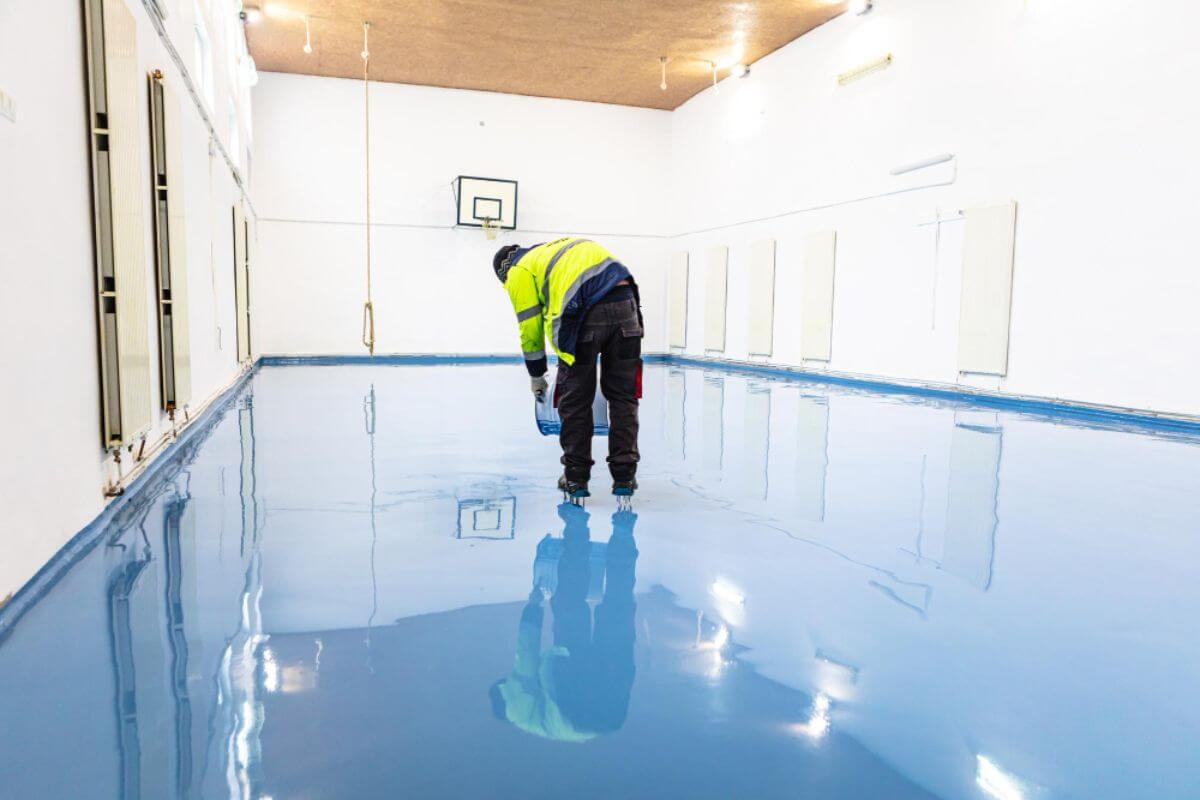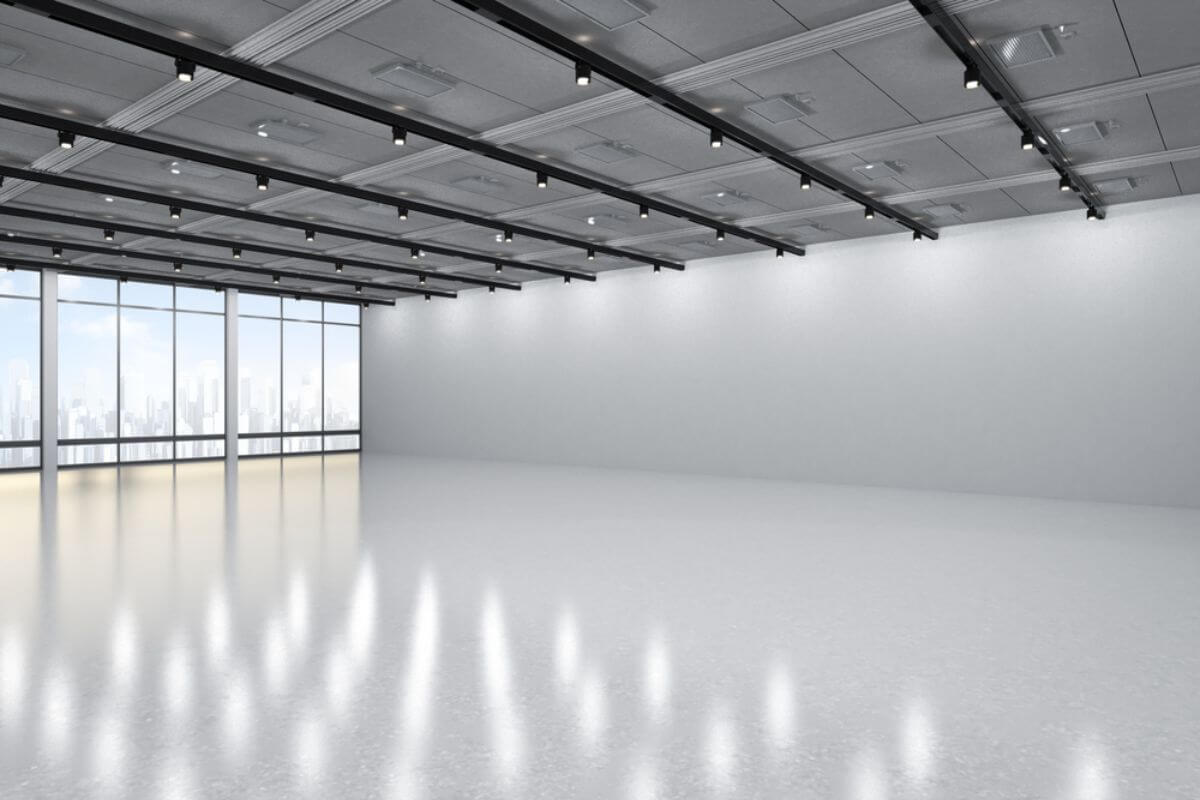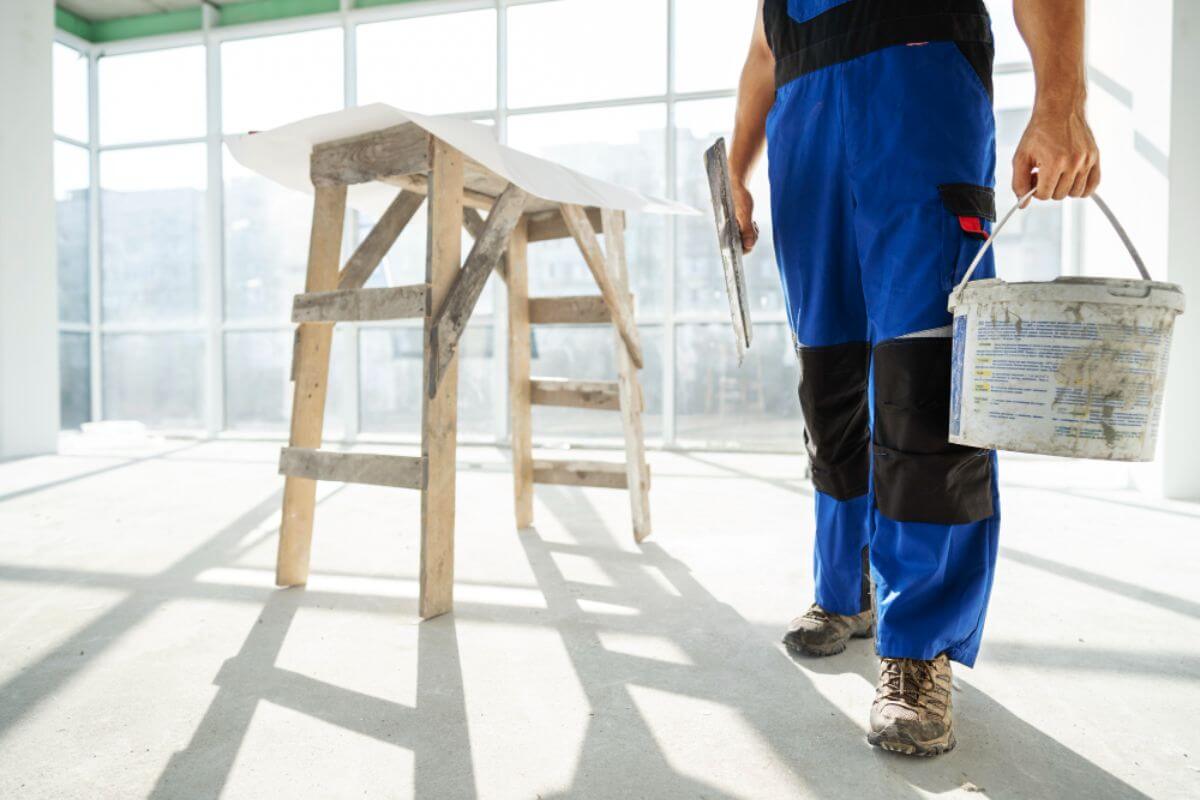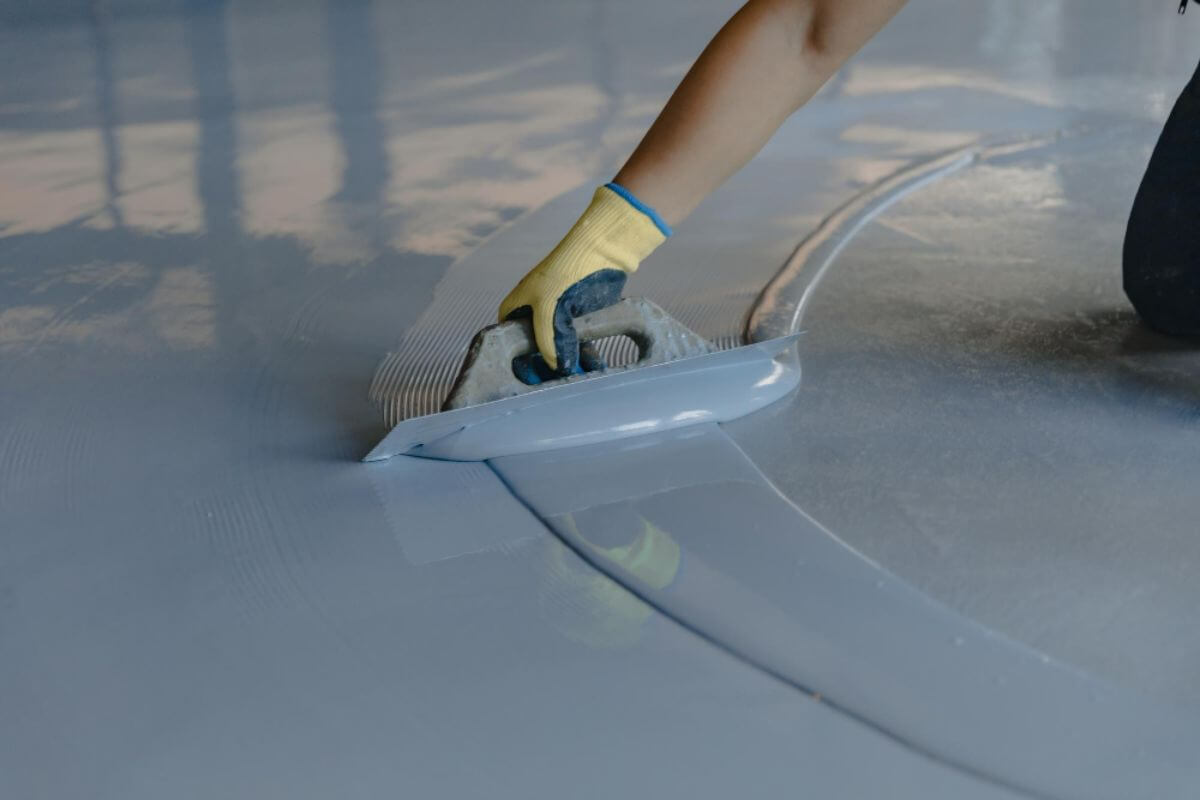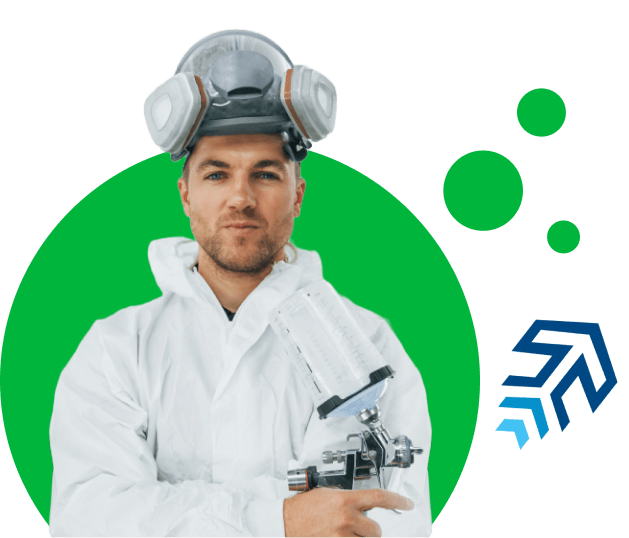5 Common Commercial Waterproofing Challenges

What are the common commercial waterproofing challenges?
- Poor waterproofing
- Structural damage
- Growth of mildews
- Decaying odors
- Material incompatibility
Overview
- Commercial waterproofing challenges, such as structural damage, mildew growth, unpleasant odors, and material incompatibility, can compromise building integrity and safety.
- Improper waterproofing often leads to costly repairs and operational disruptions. Addressing these issues early is vital to prevent long-term damage.
- Flooring Solutions offers expert waterproofing systems designed to protect your property, ensuring durability, reliability, and peace of mind.
Whether it’s a small office or a large industrial facility, proper waterproofing protects the structure from moisture that can cause serious problems over time. Unfortunately, many commercial spaces face challenges that can weaken the building’s defenses, leading to expensive repairs and disruptions to operations.
This guide delves into the most common waterproofing challenges in commercial settings. From structural damage and mildew growth to unpleasant odors and material incompatibility, it examines how these issues develop and highlights the importance of addressing them promptly.
Poor Waterproofing

Improper waterproofing can result in water seeping into floors, walls, and ceilings, causing hidden, long-term damage. Left unresolved, this can lead to costly repairs, impacting not only your building but also essential equipment, inventory, or furnishings.
With years of expertise, Flooring Solutions ensures proper waterproofing installation, protecting your property and preventing future issues. Recognized as the best waterproofing contractor in the Philippines, we deliver reliable solutions done right the first time, safeguarding your investment and minimizing repair costs.
Structural Damage
The constant exposure to moisture can cause the buildings’ materials to deteriorate, leading to serious structural issues. The problem is that the damage may not be visible at first, but as water slowly seeps into the building’s core, it undermines its strength and stability.
For instance, if water infiltrates the concrete, it can weaken the material, causing cracks to form. These cracks allow more moisture to seep deeper into the structure, further compromising the building’s integrity.
Similarly, if steel reinforcement bars are exposed to prolonged moisture, they begin to rust, which reduces their strength and can cause them to break down entirely. As this damage progresses, the structural framework of the building becomes less secure, potentially leading to expensive repairs and, in extreme cases, even structural failure.
Growth of Mildews
A mildew is a fungus that thrives in moist, dark, and poorly ventilated spaces, often resulting from water leaks or trapped humidity. For example, if water leaks through an unsealed window or a roof crack during heavy rainfall, it can easily accumulate inside the walls.
Eventually, this moisture will encourage mold growth and spread to areas like your carpets, drywall, and insulation. Not only does this damage materials, but it will also compromise the overall integrity of your building.
The presence of mold and mildew isn’t just a structural issue — it also presents serious health risks to occupants. That is because long-term mold exposure can trigger respiratory problems, allergies, asthma, and other health issues.
Decaying Odors
If you’ve ever stepped into a commercial building and been hit with a musty, damp smell, you know just how unpleasant it can be. More often than not, this odor is a telltale sign of poor waterproofing.
The source of the smell is usually mold and mildew growth, which thrive in moist environments. However, the problem can be even deeper than that. In some cases, the smell is caused by materials like wood, drywall, or insulation that have absorbed moisture and started to rot over time.
What’s worse, the longer the problem goes unaddressed, the more pervasive and difficult to remove the odor becomes. Ignoring it may lead to even more serious consequences, as the moisture and decay can spread to other parts of the building, causing further damage.
Material Incompatibility

Some sealants or membranes might not be compatible with certain types of building materials like concrete, wood, or metal. When these materials interact poorly, the sealant can break down, allowing water to penetrate through gaps and cracks.
Imagine a scenario where an incorrect sealant is applied to a concrete wall, but over time, the moisture causes the sealant to deteriorate or peel off. This leaves the concrete exposed to water, which can cause cracks and eventually lead to leaks.
Incompatible materials can also result in issues with expansion and contraction, where different materials respond to temperature changes at different rates, causing stress at the joints. These issues can worsen over time, making your waterproofing efforts ineffective and creating a pathway for water damage.
Key Takeaway
Dealing with the common waterproofing challenges in commercial buildings is essential for ensuring the longevity and safety of the structure. Recognizing these challenges early on can help you avoid costly repairs and maintain a safe, healthy environment for your employees and clients.
Flooring Solutions offers durable, reliable waterproofing solutions customized to meet your unique requirements. If you’re dealing with common waterproofing challenges, our expert team is ready to assist.
Reach out to us today to discover how we can help safeguard your property with top-quality waterproofing systems designed for lasting protection.
